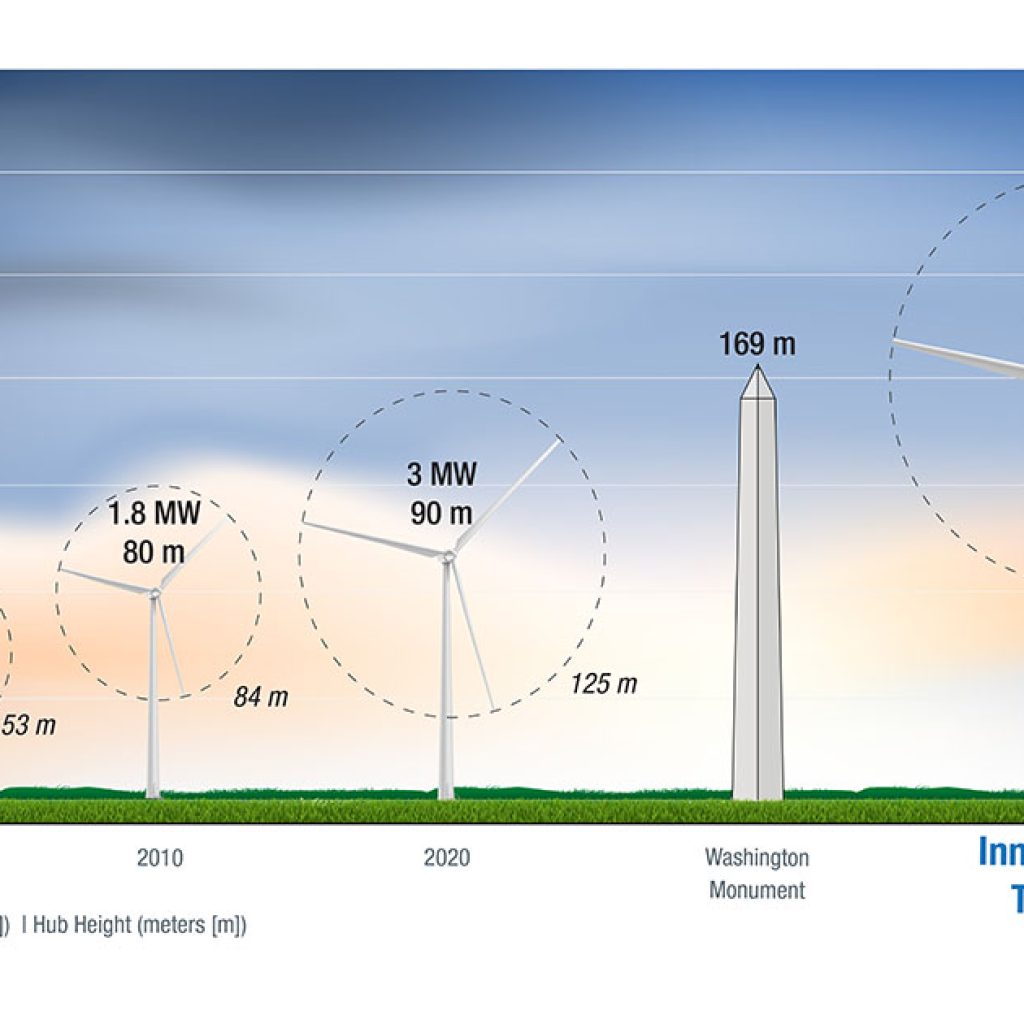Getty Images, a renowned stock photography collection, has introduced a new AI image generation service, even as it pursues a massive lawsuit against an AI-generated image competitor. The company’s CEO, Craig Peters, revealed that this new service, named “Generative AI by Getty Images,” offers commercial viability for businesses while emphasizing its legitimacy and respect for creator rights. In this article, we explore Getty’s foray into AI-generated imagery and the ongoing legal battle that surrounds it.
A two-pronged approach
Getty Images is navigating the complex landscape of AI by taking both a legal and an entrepreneurial approach. Earlier this year, Getty filed a lawsuit against Stability AI, a London-based AI-generated image company. The lawsuit alleges that Stability AI unlawfully copied over 12 million photographs from Getty’s extensive collection, along with their captions and metadata, for the purpose of building a competing business. Getty Images is seeking damages of up to $1.8 trillion, asserting its rights to compensation for each infringed work.
Getty’s stance on AI ethics
In an interview, Getty Images CEO Craig Peters highlighted the ethical concerns surrounding AI-generated content. He expressed reservations about certain AI image generators like OpenAI’s DALL-E, Midjourney, and Stability AI, which were built on content sourced from the open internet, sometimes leading to infringements on creator rights and the creation of deepfakes. Getty’s new service, in contrast, aims to maintain ethical standards and avoid intellectual property risks.
The collaboration with Nvidia
Generative AI by Getty Images emerged from a longstanding collaboration with Nvidia, a California-based tech company and chipmaker. This partnership preceded the legal disputes with Stability AI and is built upon Nvidia’s AI model, Edify, from its generative AI division, Picasso. The collaboration ensures “full indemnification for commercial use” and provides compensation to Getty contributors for their images included in the training set. This compensation structure establishes a revenue-sharing model over time rather than a one-time payment.
Targeted users and use cases
Getty Images envisions its Generative AI service primarily catering to brands seeking marketing materials and creative imagery. In this market, Getty competes with industry rivals such as Shutterstock and Adobe. However, the service is not designed for those seeking photojournalism or editorial content, where Getty competes with news organizations like The Associated Press.
Avoiding deepfakes and ethical concerns
Peters emphasized that Generative AI by Getty Images has safeguards in place to prevent the creation of politically harmful “deepfake” images. The AI model automatically blocks requests involving recognizable people or brands. As a demonstration, Peters requested an image of “President Joe Biden on a surfboard,” which the tool refused to generate. This proactive stance ensures that the service will not contribute to the spread of harmful and deceptive content.
Content library integrity
Getty Images also clarified that AI-generated content will not be added to its existing content libraries, which will remain dedicated to “real people doing real things in real places.” This reaffirms Getty’s commitment to preserving the authenticity of its stock photography collection while embracing AI as a tool for creativity and innovation.
As Getty Images ventures further into the world of AI-generated imagery, it seeks to strike a balance between technological advancement and ethical responsibility. The introduction of Generative AI by Getty Images reflects the company’s commitment to providing innovative solutions while upholding the rights of creators and the integrity of its content libraries. Meanwhile, the $1.8 trillion lawsuit against Stability AI underscores the legal battles that continue to shape the future of AI and intellectual property rights in the digital age.





